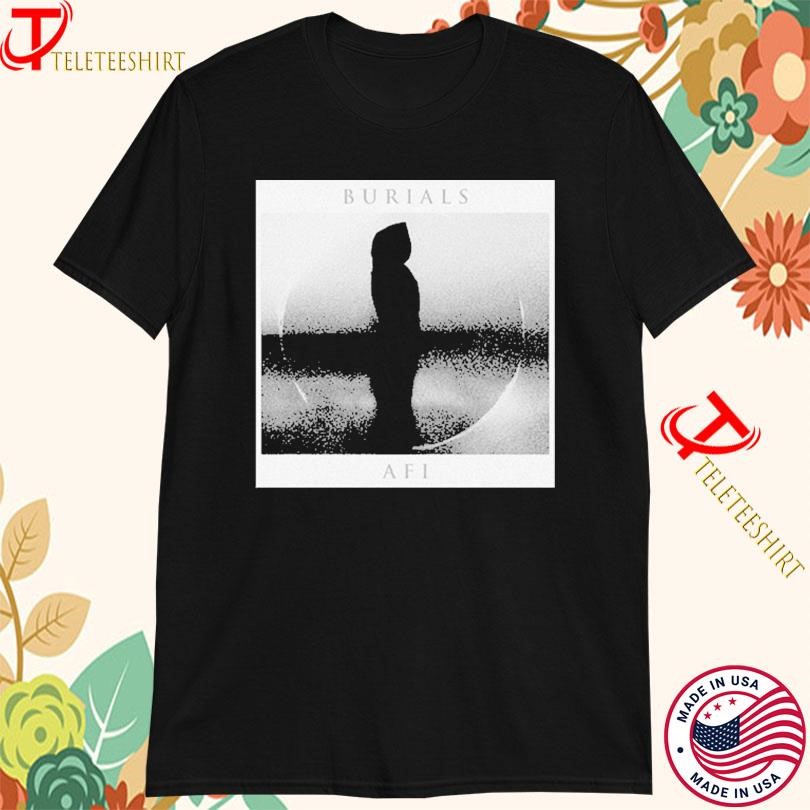The emergence of the Zander Gang White Boy Of The Year T-shirts raises a complex set of questions about cultural appropriation, identity, and the often-blurry lines between irony, satire, and potential offense. The title itself is loaded, immediately bringing to mind certain stereotypes and associations. The term “Gang,” in modern usage, is often linked to specific subcultures and communities, particularly those associated with urban youth and hip-hop culture. Using this term, even in a seemingly lighthearted context, might invite criticism if not approached with careful consideration of the broader cultural implications. The phrase “White Boy of the Year” further complicates the matter. It is important to consider whether this title is intended as a subversive critique of societal norms, a celebration of a particular identity, or simply an attempt to attract attention. The potential for misinterpretation is substantial, and the success of the product could largely depend on how well the creators anticipate and navigate these sensitivities.
Zander Gang White Boy Of The Year T-shirts: buy and enjoy this shirt
One of the core challenges lies in the perceived intention behind the title. Is it designed to be provocative, playing with the boundaries of political correctness? Is it intended as a humorous commentary on white masculinity, or a tongue-in-cheek take on awards and accolades? Or, is it simply intended as a catchy, eye-catching phrase to sell t-shirts? The answers to these questions have significant implications for the product’s reception. If the intention is to be satirical, the creators would need to ensure that the irony is clear and easily understood by the target audience. This might involve the use of specific design elements or accompanying marketing materials that provide context and clarify the intended message. Without a clear indication of intent, the t-shirts could be seen as insensitive or even offensive.

Marketing the Zander Gang White Boy Of The Year T-shirts will require a careful and strategic approach. The creators will need to consider their target audience and tailor their messaging accordingly. Reaching a broad audience may prove difficult, since there’s a risk of alienating specific demographics due to the product’s name. Social media, which could be a powerful tool for promotion, could also amplify any negative feedback or controversy surrounding the product. The product should also be carefully tested with focus groups to gauge audience response and identify any potential pitfalls. Transparency about the brand’s values and intentions can assist in managing expectations and mitigate potential negativity.

Furthermore, the design of the t-shirts themselves will play a critical role. The visual elements must complement the title, conveying the intended message in a consistent and compelling way. If the intent is satirical, the design could incorporate humorous or unexpected imagery that contrasts with the perceived seriousness of the title. If the aim is to celebrate a particular aspect of white masculinity, the design should reflect that in a way that does not reinforce negative stereotypes or exclude other communities. Conversely, if the design is bland or generic, it could undermine the impact of the title and lead to confusion. The visual elements, combined with the title, constitute the core of the product, hence the design should be handled with utmost care.











Reviews
There are no reviews yet.